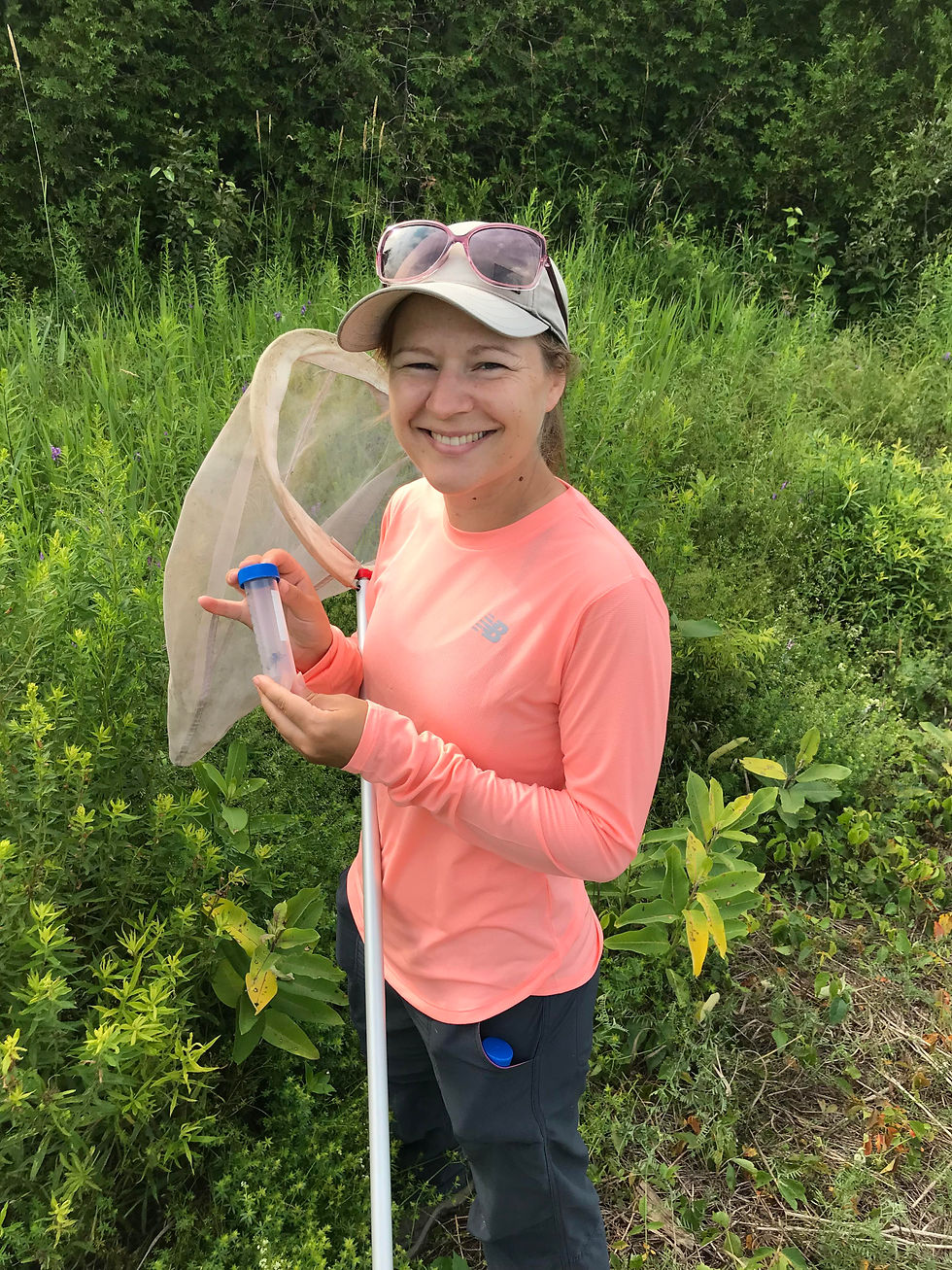Meet the Amazing Muskrat!
- Muskrat Watershed Council

- Jun 23, 2022
- 3 min read

If you live on or around Muskrat Lake, you’re probably familiar with muskrats. You’ve seen them or heard about them at the very least, but how much do you actually know about this fascinating mammal?
Well, read on and you might find yourself completely surprised at this local wildlife superstar!
Muskrats are kind of like beavers…right?
Yes and no! Beavers are WAY larger than muskrats and usually weigh between 30-70lbs compared to the 2-4lbs muskrat. Muskrats are more like field mouse ( albeit a field mouse on steroids) that has adapted to their desire to live by the water. That being said, they do have a lot in common! Muskrats have paddle-like feet which allow them to swim forwards and backwards, but unlike beavers, they don’t have webbed feet. At a swim speed of 5km/hr, they’re a little slower than the beaver who can swim up to 7km/hr if alarmed. This ability is great for evading predators such as owls, snapping turtles, foxes, coyotes, and large fish.
Another great trick for predators? Wait them out! Like beavers, muskrats are great at holding their breath. While beavers typically can only hold their breath for up to 15 minutes, muskrats can stay underwater for between 15 to 20 minutes. Amazing right?
Like beavers, muskrats live in shoreline banks or lodges. Muskrats spend most of their time within 50 ft of home but their rage is up to 120 ft. As a mammal, muskrats give birth to live young. A momma muskrat can have up to 3 litters of around 6 kits a year, with a gestation period of just 28-30 days! After being born, the kits are helpless, blind, and almost naked. They depend fully on their mom for roughly a month. This is probably one of the biggest differences between muskrats and beavers, but that is for another blog!
Muskrats eat cattails and other water plants, roots and all, but they are also predators on the food chain. They may look playful to us, but freshwater mussels, snails, crustaceans, salamanders, fish, and young birds know better than to trust that furry face. Maybe it’s fitting that the name for a group of muskrats can be, not only a colony, but a horde, pack, plague, or swarm!
Speaking of names, did you know that male and female muskrats are called bucks and does? It would be hard to confuse them for the deer population, though.
Now for the info, you’ve probably been wondering about: Why is the muskrat called a muskrat? Well, as you might have assumed, it’s because of their musk! Muskrats communicate through secretion from their glands known as the musk. Sometimes it might be a signal during mating season but it also serves to warn trespassers that this is the muskrat’s turf.
If the sweet-smelling musk doesn’t work, trespassers may just find themselves vocalized at with angry squeaks and squeals but if the interloper doesn’t take the hint and leave, they may be in for a surprise. Muskrats are vicious fighters when provoked, especially if an escape route to deep water is not available. With their long incisors and cutting teeth, this little mammal can inflict a considerable amount of damage if it chooses to.
So, there you go. Now you know a little about the mighty muskrat! If you’d like to be part of protecting the muskrat’s ecosystem, we’d love your help! Click here to apply to volunteer with us as we strive to protect our local ecosystem and rehabilitate our watershed system!





Comments